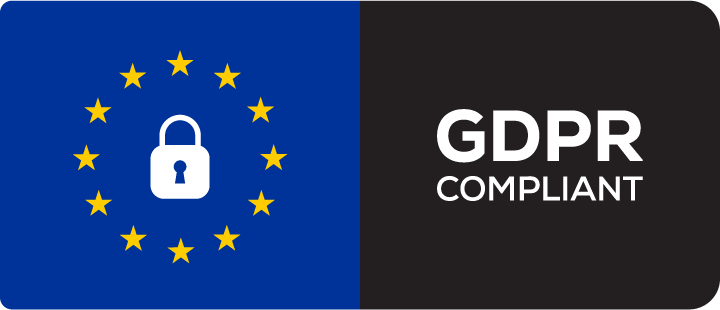Supercharge Corporate Wellness Programs Through Digital Engagement
You’re responsible for fostering a workforce that is healthy, engaged, and productive. But with tons of inhouse and outsourced corporate wellness programs, how can you ensure your initiatives stand out and drive measurable results? With over a decade of experience, we’ve seen firsthand how proactive and personalized approaches transform wellness initiatives.
Our insights aren’t just backed by internal data but we leverage hard-hitting research, including a recent study published by JAMA Network Open, which demonstrates that digital engagement strategies can significantly improve employee mental health and well-being outcomes.
The Engagement Challenge in Corporate Wellness
According to JAMA, a study involving 1,275 healthcare workers found that merely offering wellness resources is not enough to drive meaningful participation. The study compared the effects of a traditional “pull” strategy—where employees had access to a mental health platform but had to seek out resources themselves—to a “push” strategy where employees received regular, proactive digital interventions such as text message reminders and mental health assessments. The “push” strategy led to significant reductions in anxiety and depression over six and nine months, with sustained engagement and improvements
This finding is critical. Many corporate wellness programs fail to engage employees because they rely too heavily on voluntary participation. Employees are often unaware of available resources or too busy to seek them out. By shifting to a proactive, digital-first approach, you can address this challenge head-on, driving better outcomes for your employees and your organization.
Leveraging Digital Tools for Maximum Impact
With remote and hybrid work environment being the norm, digital wellness tools are not just convenient—they are essential. Our experience at Avidon Health, combined with case studies like the one above, shows that automated, personalized interventions increase engagement across the board.
The JAMA study revealed that health care workers who received regular digital engagement saw a 1.26-point reduction in depression scores and a 0.99-point reduction in anxiety scores compared to those who simply had access to resources. The implications for corporate wellness are clear: timely, data-driven interventions that anticipate employee needs can drastically improve participation and outcomes.
Hard Data to Support Your Wellness Strategy
It’s essential to back up your wellness initiatives with measurable outcomes that demonstrate value to leadership. Here’s how digital engagement can deliver:
- Improved engagement – Research shows that personalized nudges and tailored content lead to higher employee participation rates, with engagement levels often doubling compared to traditional methods.
- Reduced absenteeism – According to the study, proactive digital wellness interventions can reduce anxiety and depression, leading to fewer sick days and improved mental health.
- Boosted productivity – The same study found that workplace productivity improved significantly when employees received consistent digital wellness support, leading to better overall performance.
Tailored Solutions for a Modern Workforce
Gone are the days of one-size-fits-all wellness programs. Employees expect customized wellness plans that meet their individual needs. Our digital engagement platform at Avidon Health allows HR teams to deliver tailored wellness interventions—whether it’s mental health coaching, fitness programs, or stress management tools. Drawing on over a decade of experience in health coaching and digital wellness, we’ve helped organizations craft programs that don’t just tick a box—they drive real change. Your employees will benefit from a targeted, proactive approach that meets them where they are, whether they’re working from home or in the office.

Future-Proof Your Wellness Strategy for 2025 and Beyond
Organizations must be ready to adapt to the changing needs of the workforce. The future of corporate wellness is digital, personalized, and proactive. By building a wellness culture rooted in engagement, data, and outcomes, you can position your organization as a leader in employee well-being.
Research like the JAMA study shows us the way forward: don’t wait for employees to ask for help—bring the help to them. Your next wellness program doesn’t just need to be comprehensive; it needs to be engaging and data-backed, driving long-term results that resonate with both your employees and your leadership team.



















